
Increasing tobacco duty is internationally recognised as the most effective means to lower smoking prevalence. Article 6 and its guidelines for implementation of the FCTC stipulates that raising the price of tobacco products through taxation is effective and important means of reducing tobacco consumption by various population groups, in particular the young people. The 2023-24 Budget proposed increasing tobacco duty by $0.6 per stick; however, the proportion of tobacco duty to retail price of cigarettes is around 64%, which still falls below WHO’s recommendation of 75%. Furthermore, some opined that Hong Kong should reference the experience in other areas (such as New Zealand) to establish an adjustment mechanism for tobacco duty that is linked with specific indicators, such that the retail price of tobacco products would remain at a high level even when the economic situation changes, such as under inflation.

As the development of smoking habit usually takes place during adolescence, some countries have raised the minimum legal age for sale of tobacco products to 20 years old or even above. A few counties, such as New Zealand, even proposed to prohibit the sale of tobacco products to person born after a certain date. With the efforts on education and publicity over the years, the smoking prevalence of youth in Hong Kong has dropped to a low level. Nevertheless, survey shows that the prevalence of ever smokers among Secondary 1 to 6 students was 7.4% in 2021, reflecting that there are still a significant number of students who would experiment with smoking out of curiosity, while minors still have access to tobacco products under the prevailing regulations. One of the goals for our tobacco control strategies is to prevent the new generation from being affected by the tobacco hazard, and reduce the risk for them turning into a smoker in the rest of their lives.
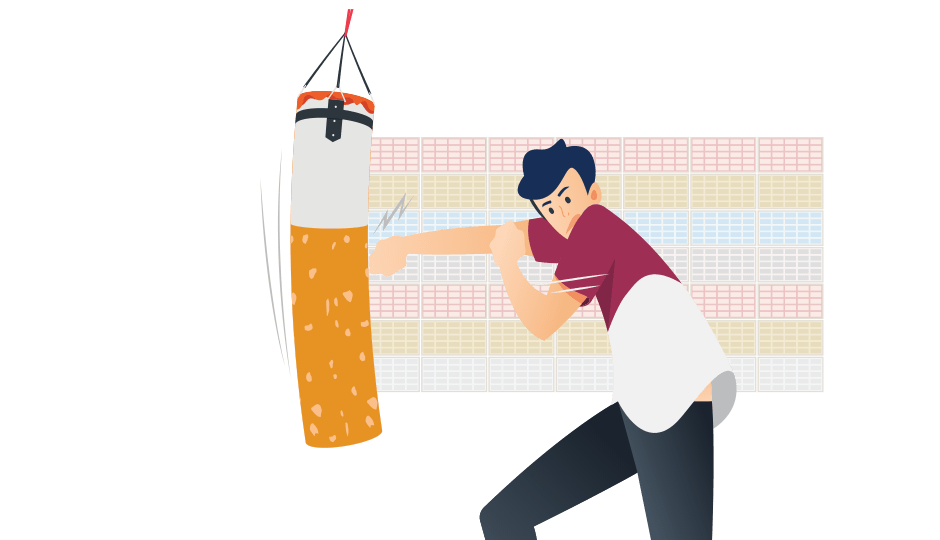
With reference to Article 15 of the FCTC, WHO recommends that the Parties should implement further measures in order to intercept any illicit tobacco trade. Some of the countries have taken measures for retailers and purchasers to distinguish duty-paid and duty-not-paid cigarettes. The quantity of illicit cigarettes intercepted by the Custom and Excise Department reached an all-time high in a year at 732 million sticks in 2022. WHO also stated that efforts against illicit cigarette is a crucial element in tobacco control work, so as to prevent illicit cigarette syndicates to escape from the series of tobacco control measures.
Under the Import and Export Ordinance, any person found guilty of importing or exporting unmanifested cargo is liable to a maximum fine of $2 million and imprisonment for seven years. It is an also offence to buy or sell illicit cigarettes. Under the Dutiable Commodities Ordinance, anyone involved in dealing with, possession of, selling or buying illicit cigarettes commits an offence. The maximum penalty upon conviction is a fine of $1 million and imprisonment for two years. Currently, the offences under the Dutiable Commodities Ordinance are not listed in the Schedule to the Organized and Serious Crimes Ordinance and therefore the Custom and Excise Department is unable to apply for confiscation of illicit proceeds related to illicit cigarette activities under the Organized and Serious Crimes Ordinance.
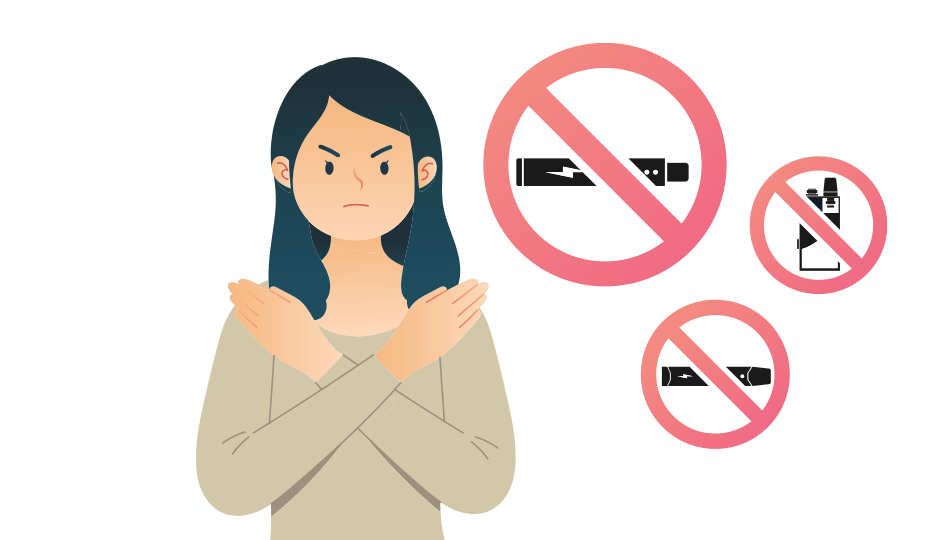
In recent years, ASPs are becoming increasingly popular worldwide. Tobacco companies claim that the use of ASPs is less harmful to health or even beneficial to smoking cessation. As a matter of fact, the use of ASPs is equally harmful to health. In view of its threat, Hong Kong banned the import, promotion, manufacturing, sale or possession for commercial purposes of ASPs in 2022 by legislation. There is currently no channels to legally import ASPs, including by carrying inbound, post or online purchasing. ASPs that were purchased before the ban for personal use should also have been consumed within a certain period of time.
However, under the prevailing legislation, the possession, use or purchase ASPs are not against the law unless the enforcement agents can prove its purpose of possession was for commercial purposes (such as for sale) or the ASPs were illegally imported (such as purchased outside Hong Kong after the ban was implemented). Since the proof of liability is extremely difficult, the current legislation may not be effective in preventing individuals from possessing and using ASPs obtained through illegal channel completely.
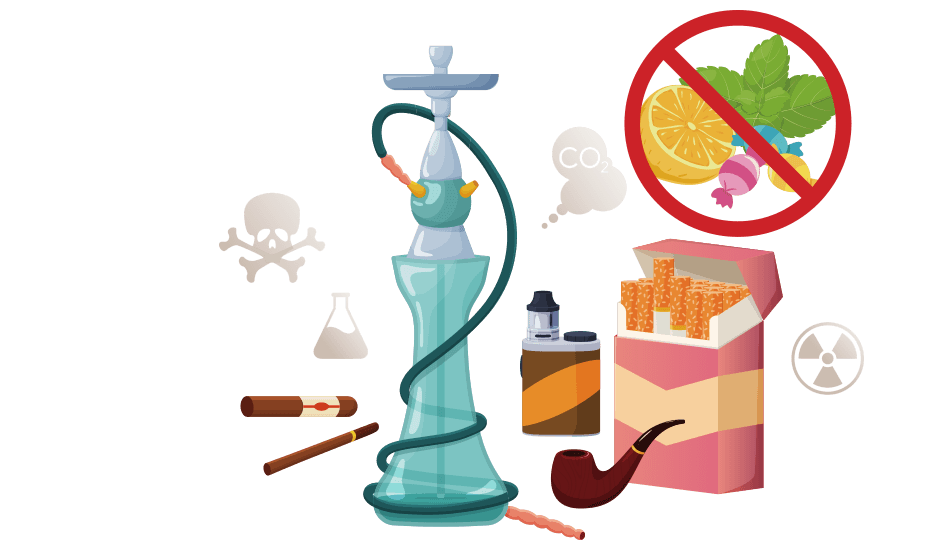
Tobacco companies have been adding a great variety of non-tobacco flavours, such as flavours of menthol, fruits and confectionery, into tobacco products from time to time to improve the taste and cover the harshness of tobacco smoke on the throat, so as to induce people to initiate and maintain smoking habit. Scientific researches show that the flavouring in tobacco products could make the youth more likely to initiate smoking, and increase smokers' dependence on tobacco products as well as reducing the chance of success in quitting to smoke. The guidelines for implementation of Articles 9 and 10 of the FCTC recommend prohibiting or restricting the use of ingredients that may increase the palatability of tobacco products. By now, over 50 countries have introduced legislations on flavours of tobacco products, including the United States, Canada and Singapore.
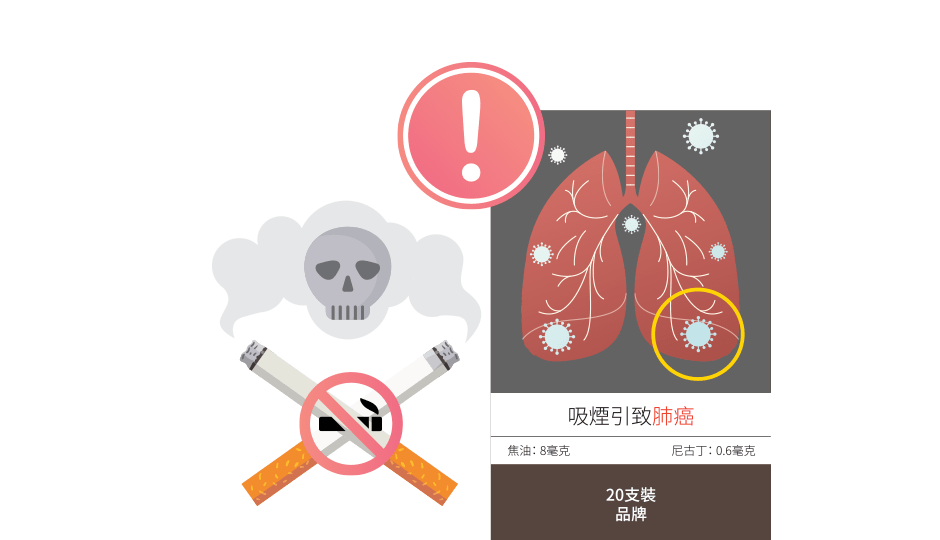
Evidence shows that the packaging and display of tobacco products are important means of marketing. The graphics, wording and colours of tobacco packaging can manipulate consumers’ risk perception and directly influence their purchase decisions. Article 11 of the FCTC and the guidelines for implementation of Article 13 of the FCTC also states that “packaging and product design are important elements of advertising and promotion. Parties should consider imposing the requirement of plain packaging to eliminate the effects of advertising or promotion on packaging.”. Since 2017, all tobacco products sold in Hong Kong are required to bear health warnings which cover at least 85% of the display area; nonetheless, there has yet to be a standardised packaging requirement imposed on tobacco products.
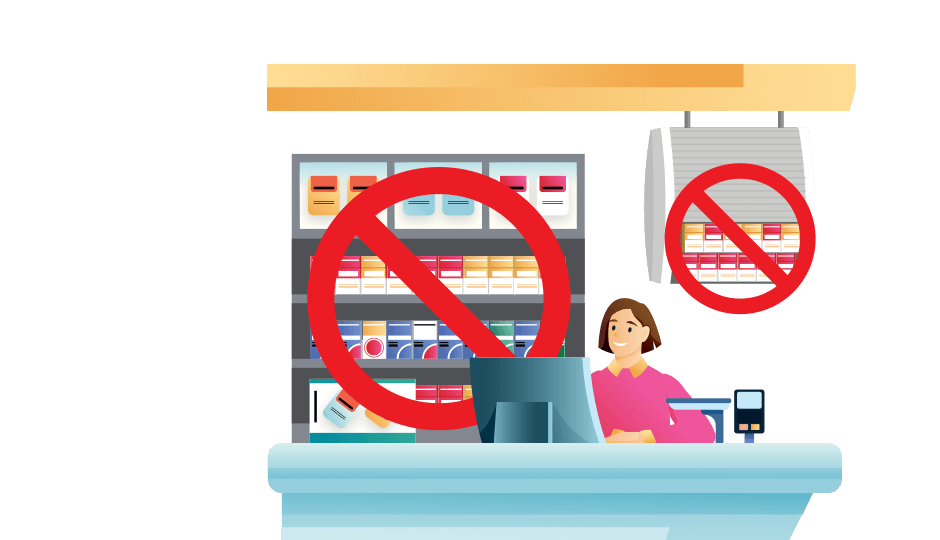
WHO opines that display of tobacco products is a key means of promoting tobacco products and its use, including to stimulate impulsive purchases of tobacco products. The guidelines for implementation of Article 13 of the FCTC states clearly that the display of tobacco products at retail outlets constitutes advertising and promotion. Display of tobacco products at retail outlets has been banned in many countries, including Australia, New Zealand, Singapore, the United Kingdom, Finland, and Thailand, etc. Moreover, Article 15 of the FCTC also recommends that the Parties should implement further measures, including establishing a licensing system or regulating the production and distribution of tobacco products to prevent illicit tobacco trade. Some of the countries in the globe have taken measures to strengthen the regulation on sales channels of tobacco products.

Second-hand smoke jeopardises health. The expansion of statutory no smoking areas (NSAs) can effectively reduce the impact of second-hand smoke on the public. According to the Thematic Household Survey Report No. 75, there is strong public support for the expansion of NSAs. Over 80% of the respondents agreed that NSAs should be expanded to cover more areas to reduce the harmful impact of second-hand smoke in public places. Some also opined that the act of smoking while walking will create severe nuisances to the nearby pedestrians. However, there may be certain challenges from the perspective of law enforcement.
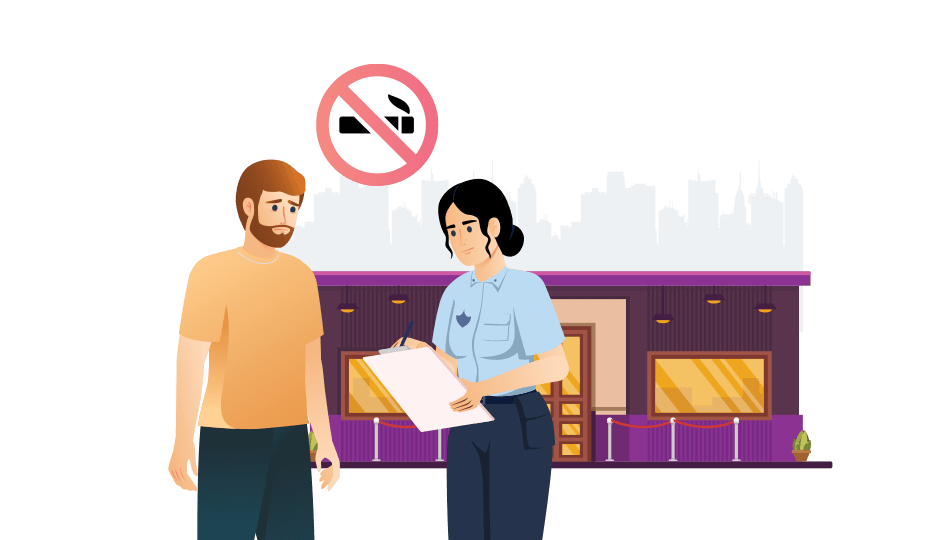
According to the guidelines for implementation of Article 8 of the FCTC, effective tobacco control legislation should impose legal liability and penalty on the concerned business establishments and smokers for their non-compliant acts. The United Kingdom, New Zealand and Singapore have imposed penalty on inaction to stop smoking act in NSAs. In Hong Kong, under the prevailing Smoking (Public Health) Ordinance, managers of statutory NSAs can require a person to cease the smoking act after indicating to the person that he/she is doing a smoking act in a NSA. If the person is not cooperative and fails to cease the smoking act, the manager can ask him/her to leave the statutory NSA or require him/her to provide his/her name, address and documentary proof of identity, and to seek assistance from the Police as necessary. After conducting a direct investigation of the mechanism for handling smoking offences in 2017, the Office of the Ombudsman recommended to make reference to overseas experience and consider reviewing the existing legislation, such as to impose legal liability on those venue managers who acquiesce to or condone illegal smoking in their premises or to add tobacco control provisions in the licensing conditions of the relevant venues.

Since the enactment of the Fixed Penalty (Smoking Offences) Ordinance in 2009, the penalty level has not been adjusted and has remained at $1,500. With the increase in Consumer Price Index and monthly household income over the years, the deterrent effect against smoking offences by the fixed penalty may have diminished. Indeed, the Government has also proposed to increase the fixed penalty level for similar offences, such as littering, recently. An appropriate fixed penalty level with sufficient deterrent effect is crucial to the tobacco control work in Hong Kong.

The Government proposed in its Primary Healthcare Blueprint (the Blueprint) released earlier on to further develop a community healthcare system based on the model of services in the District Health Centres (DHCs). According to the Blueprint, DHCs will progressively strengthen their roles as district hubs and case managers to co-ordinate community primary healthcare services.

Healthcare practitioners play a pivotal role in helping smokers to quit smoking. The Primary Healthcare Office of the Health Bureau has all along been organising training courses related to primary healthcare in collaboration with various healthcare training institutions. The Blueprint proposed strengthening relevant training for all primary healthcare service providers and shall include primary healthcare training requirements as pre-requisites for listing and maintaining in the Primary Care Register.

Currently, smokers can only rely on more passive channels such as media advertisements or referrals by healthcare professionals to receive information on smoking cessation. The Government and healthcare professionals are in lack of a channel to proactively reach out to smokers and deliver the personalised information on health and cessation services. Furthermore, the Government does not possess data related to the smoking habit and consumption pattern of tobacco by the public accurately. While some of the mobile applications can provide health advice to encourage smokers to quit, these applications have room for improvement in both popularity and functionality. In addition, the Government is aware of some views that smokers should be encouraged to quit smoking according to their gender, age, tobacco consumption and purchase history, to provide more personalised and targeted promotion of smoking cessation services, so as to encourage more smokers to quit as soon as possible.

Through providing subventions to non-governmental organisations, the Government has been providing teenagers with different types of health education and publicity activities, which include dramas, interactive workshops, provision of teaching materials and etc. However, teenagers still have access to tobacco products through different channels, and may easily be misled by inaccurate and ever evolving tobacco information.











